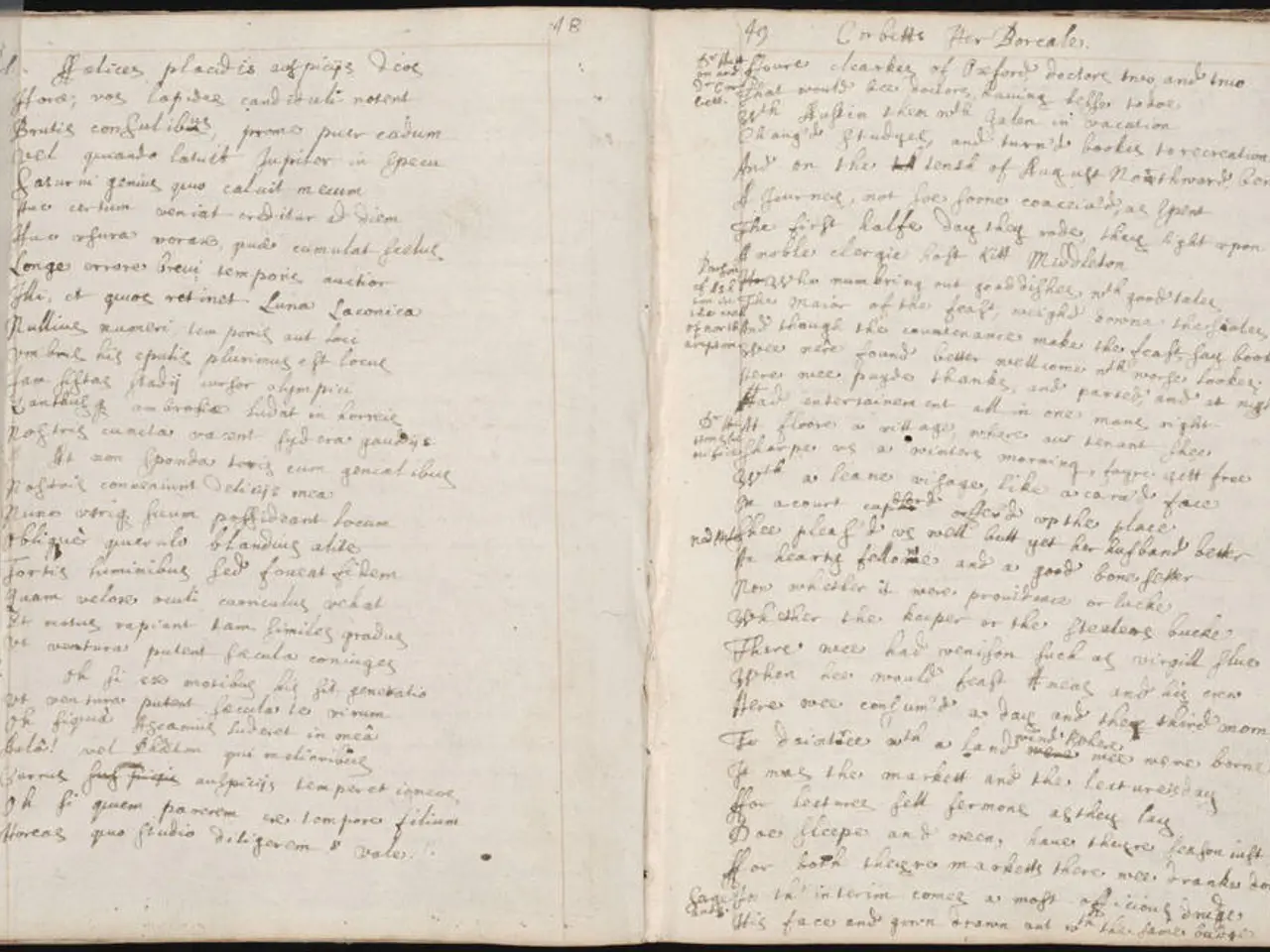Guide on Tone in Writing: Mastery for Fiction and Non-fiction Compositions
In the world of written communication, the right tone can make all the difference. Whether it's an email, a text message, or a novel, the tone used can significantly influence the recipient's emotional response. The tone in writing refers to the author's attitude or mood towards the subject and audience, conveyed through word choice, phrasing, sentence structure, and style.
Different types of tones evoke various emotional responses in readers, shaping their perception and interpretation of the content. Here are some common types of tones and their effects on readers:
1. **Serious**: Formal language and impactful imagery create respect, contemplation, or suspense. 2. **Humorous**: Lighthearted, witty, and playful wording engages, entertains, and relaxes the reader. 3. **Sarcastic**: Ironic, biting, and critical provoke thought, skepticism, or humor. 4. **Formal**: Polite, respectful, often third-person commands authority, trust, and intellectual seriousness. 5. **Informal**: Casual, conversational creates relatability and warmth. 6. **Encouraging**: Supportive and motivating inspires confidence and optimism. 7. **Compassionate**: Empathetic and understanding builds emotional connection, comfort, and support. 8. **Playful**: Whimsical and light-hearted invites joy and amusement. 9. **Nostalgic**: Reflective and sentimental evokes longing or warmth from past memories. 10. **Cynical**: Distrustful and pessimistic encourages critical thinking or skepticism.
The tone influences the reader's emotional journey by establishing the mood and guiding their interpretation. For example, a serious tone in a story might prompt reflection or suspense, while a humorous tone encourages enjoyment and lightness.
The tone is conveyed and identified through various means, such as word choice, sentence structure and style, imagery, and literary devices. For instance, describing a sunset as "glorious" expresses admiration (positive tone), while "faded" suggests melancholy (negative tone).
In summary, the tone sets the emotional layer of writing, guiding readers' feelings and reactions. Writers strategically use different tones to achieve their desired effect, whether to entertain, inform, persuade, or comfort the audience. When crafting a piece of writing, it's essential to consider the tone that best complements the story being told to evoke the desired emotional response in readers.
The publisher of an education-and-self-development book might choose a compassionate tone to build emotional connection and support with their readers, guiding them towards self-improvement and personal growth. A tone that's playful could be adopted in a comic book published by a rocket company to invite joy and amusement, reflecting the fun and adventurous nature of space travel.




